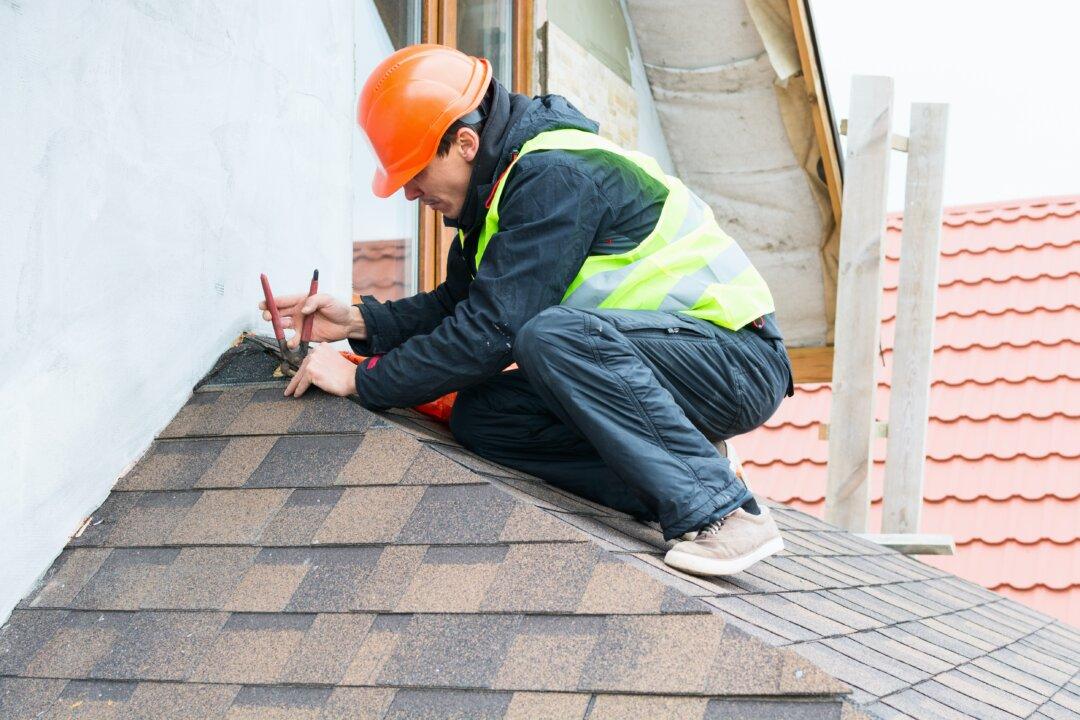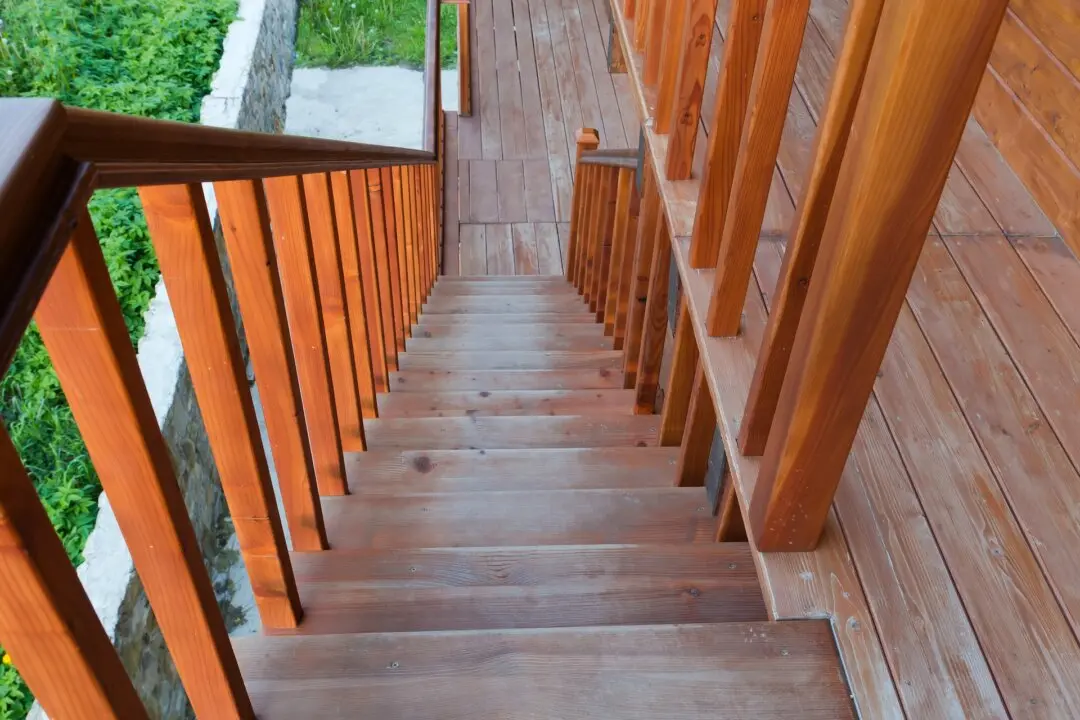Dear James: I was storing stuff in the attic and noticed some damp insulation, so I have a leaky roof. How can I locate the exact location of the leaks to fix them?—Dan D.
Dear Dan: It’s fortuitous that you were up there not long after a rain to find the damp insulation before you saw drywall damage on the ceiling or walls below. Repairing leak damage can require as little as retaping the drywall joints or as much as having to replace sections of the drywall.





